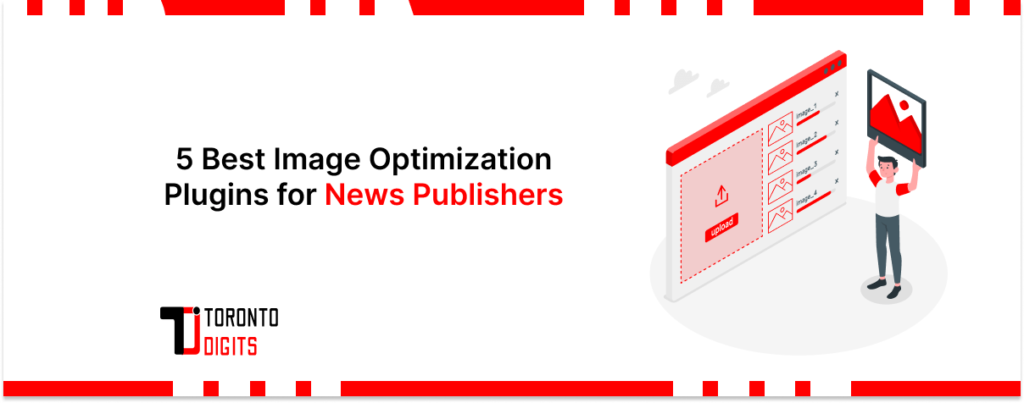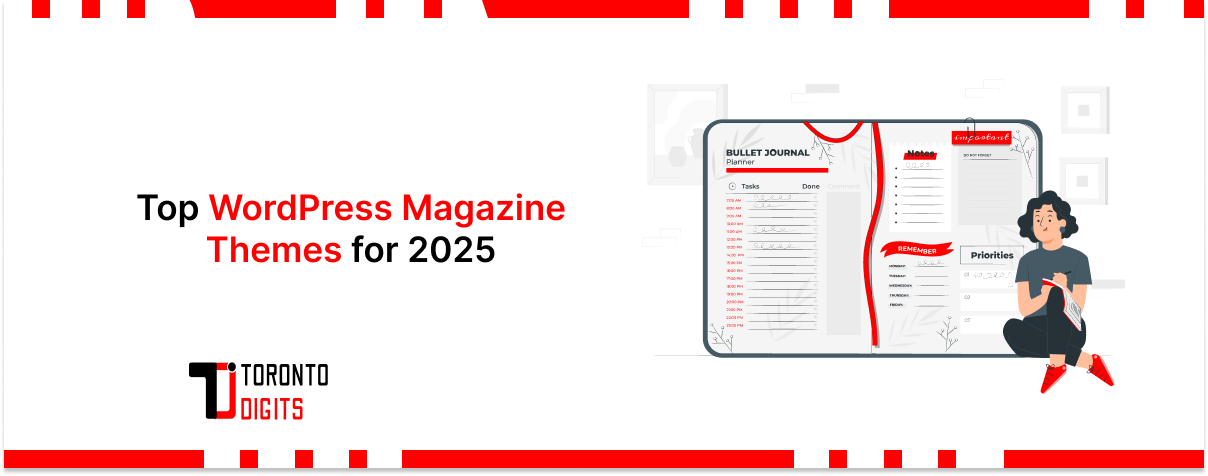Nobody likes a slow website, and lengthy load times can turn away readers quickly. For news sites, large image files often contribute to these delays, leading to higher bounce rates and reduced engagement. Image sizing + optimization can significantly improve your site’s performance, enhance SEO impact of image optimization, and keep readers engaged.
Since roughly 40% of visitors leave a site that takes over three seconds to load, speed optimization for publishers is crucial. Fortunately, there are several effective plugins designed to streamline images in responsive design without compromising quality, ensuring fast load times and improved SEO for news publishers.
Here are five of the best complementary plugin list for image optimization in WordPress, tailored to meet the specific needs of news publishers:
1. Smush
Overview:
Smush is one of the most trusted image optimization plugins for WordPress, with over a million active installations. It provides lossless compression, reducing file sizes without compromising image quality, which is perfect for publishers who rely heavily on visual content.
Key Features:
- Bulk optimization for up to 50 images at once in the free version.
- Automatic resizing and lazy loading for improved page load times.
- Unlimited image optimization for files under 5MB.
- Metadata stripping to reduce file sizes further.
Why Choose Smush?
Smush is ideal for busy news publishers who need to optimize large volumes of images quickly. With its automated features, it reduces the manual effort involved in optimization, making it a simple solution for enhancing site speed. Faster load times directly impact SEO by improving user experience and reducing bounce rates.
2. EWWW Image Optimizer
Overview:
EWWW Image Optimizer is a powerful, flexible image optimization tool that provides deep control over image compression. It processes images directly on your server, ensuring high-quality results with no file size limits.
Key Features:
- Unlimited file size for image uploads, making it perfect for high-resolution media.
- Offers both lossy and lossless compression.
- Bulk optimization for existing image libraries.
- Supports various formats including JPG, PNG, GIF, SVG, and PDF.
Why Choose EWWW?
This plugin is great for publishers who frequently upload high-resolution images. Its flexibility in compression methods allows you to strike the perfect balance between image quality and load speed. By optimizing images effectively, EWWW improves Core Web Vitals, which are crucial for SEO, ensuring that pages load quickly and are mobile-friendly.
3. ShortPixel Image Optimizer
Overview:
ShortPixel is a lightweight but powerful image optimization plugin that supports both lossy and lossless compression. It’s particularly known for creating WebP and AVIF versions of images, formats that further reduce file sizes and enhance load times.
Key Features:
- Automatic optimization of new uploads and bulk optimization for existing images.
- Compatibility with gallery and eCommerce plugins.
- Creation of WebP and AVIF versions of images for improved loading times.
- Glossy JPEG compression, designed for high-quality visuals.
Why Choose ShortPixel?
ShortPixel is perfect for publishers who want to keep their visual content sharp while ensuring fast page load times. The ability to optimize WebP and AVIF images not only improves speed but also boosts SEO by delivering faster, more efficient image files to users. This plugin integrates seamlessly with your content, making it a great choice for image-heavy news websites.
4. Imagify
Overview:
Imagify is an advanced image optimization plugin that makes the process of resizing and compressing images straightforward. With multiple compression levels, it allows publishers to control the balance between image quality and site speed.
Key Features:
- Three levels of compression: lossless, lossy, and strong lossy.
- Asynchronous bulk optimization for processing multiple images at once.
- Automatic resizing of oversized images during upload.
- Backup options to restore original images easily.
Why Choose Imagify?
Imagify’s focus on next-gen formats like WebP and AVIF, along with its flexible compression options, makes it a top choice for news publishers. By reducing image sizes without sacrificing visual integrity, Imagify not only enhances site speed but also contributes to better SEO rankings. Faster load times improve user engagement and reduce bounce rates, which are essential for search engine optimization.
5. Optimole
Overview:
Optimole offers a cloud-based image optimization solution that optimizes images in real-time using a content delivery network (CDN). This means that images are served in their optimized version based on the visitor’s device and location.
Key Features:
- Automatic resizing based on device type for optimal image delivery.
- Lazy loading functionality to improve page load times.
- Watermarking feature to protect original images.
- Free plan available for sites with up to 5,000 monthly visitors.
Why Choose Optimole?
Optimole’s real-time optimization capabilities make it particularly useful for news sites with unpredictable traffic patterns. By leveraging a CDN, it ensures images are delivered quickly across the globe, which improves site speed and user experience. The faster load times provided by Optimole also contribute to better SEO performance, as search engines prioritize fast-loading pages in their rankings.
Conclusion
Image optimization is no longer just about reducing file sizes; it’s about enhancing the overall performance of your website and improving SEO. Each of these plugins offers unique features tailored to the specific needs of news publishers, ensuring that images load quickly without sacrificing quality.
- Smush is perfect for effortless bulk optimization.
- EWWW Image Optimizer offers extensive control over image compression.
- ShortPixel excels in versatility across different image formats.
- Imagify provides flexible compression options with a focus on next-gen formats.
- Optimole stands out with its cloud-based, real-time optimization through CDN integration.
By implementing one or more of these plugins, news publishers can ensure their websites remain fast, responsive, and visually appealing. Optimizing images not only boosts user engagement but also contributes to higher SEO rankings, making it an essential tool for improving both website performance and search engine visibility.




